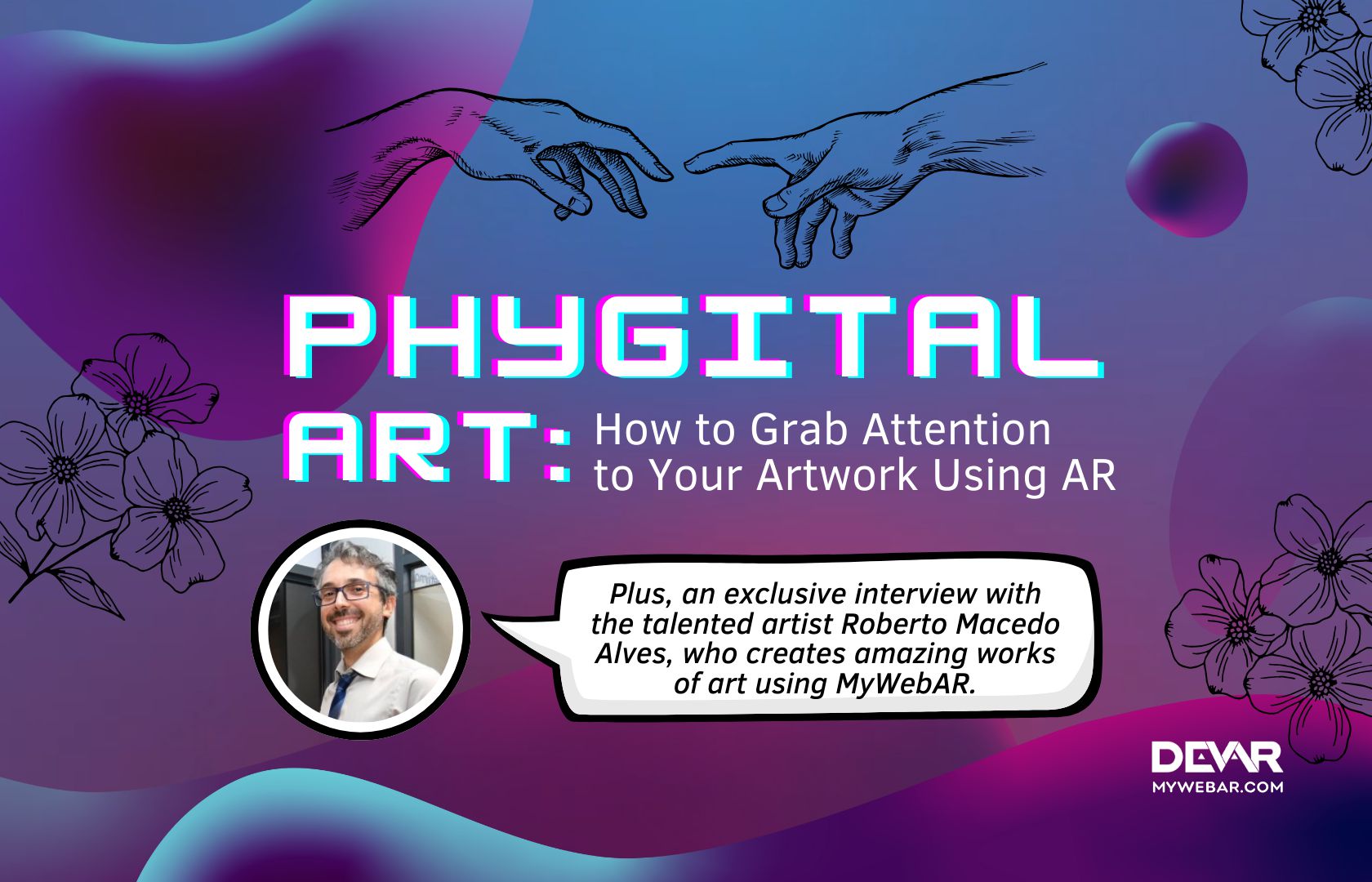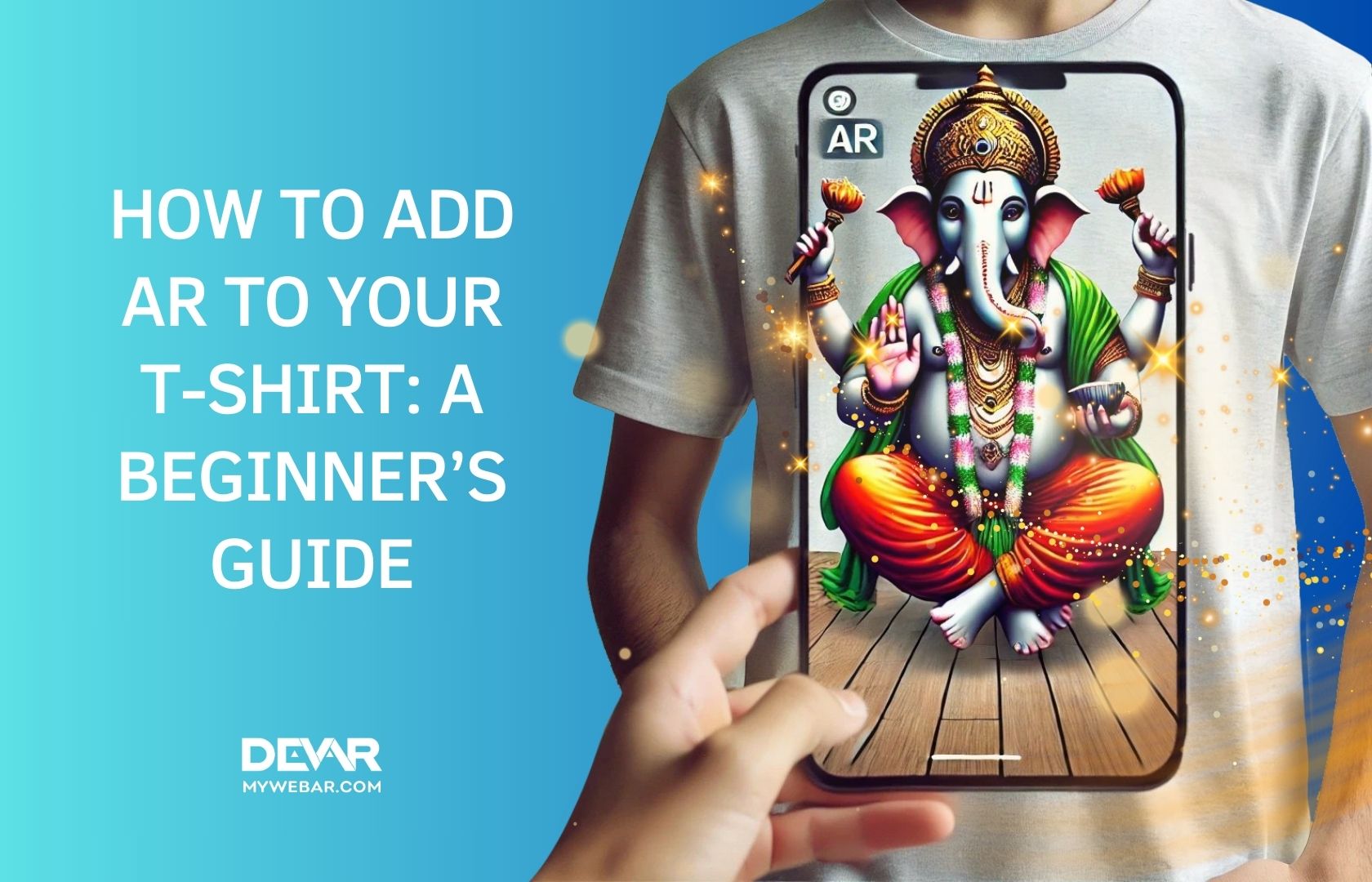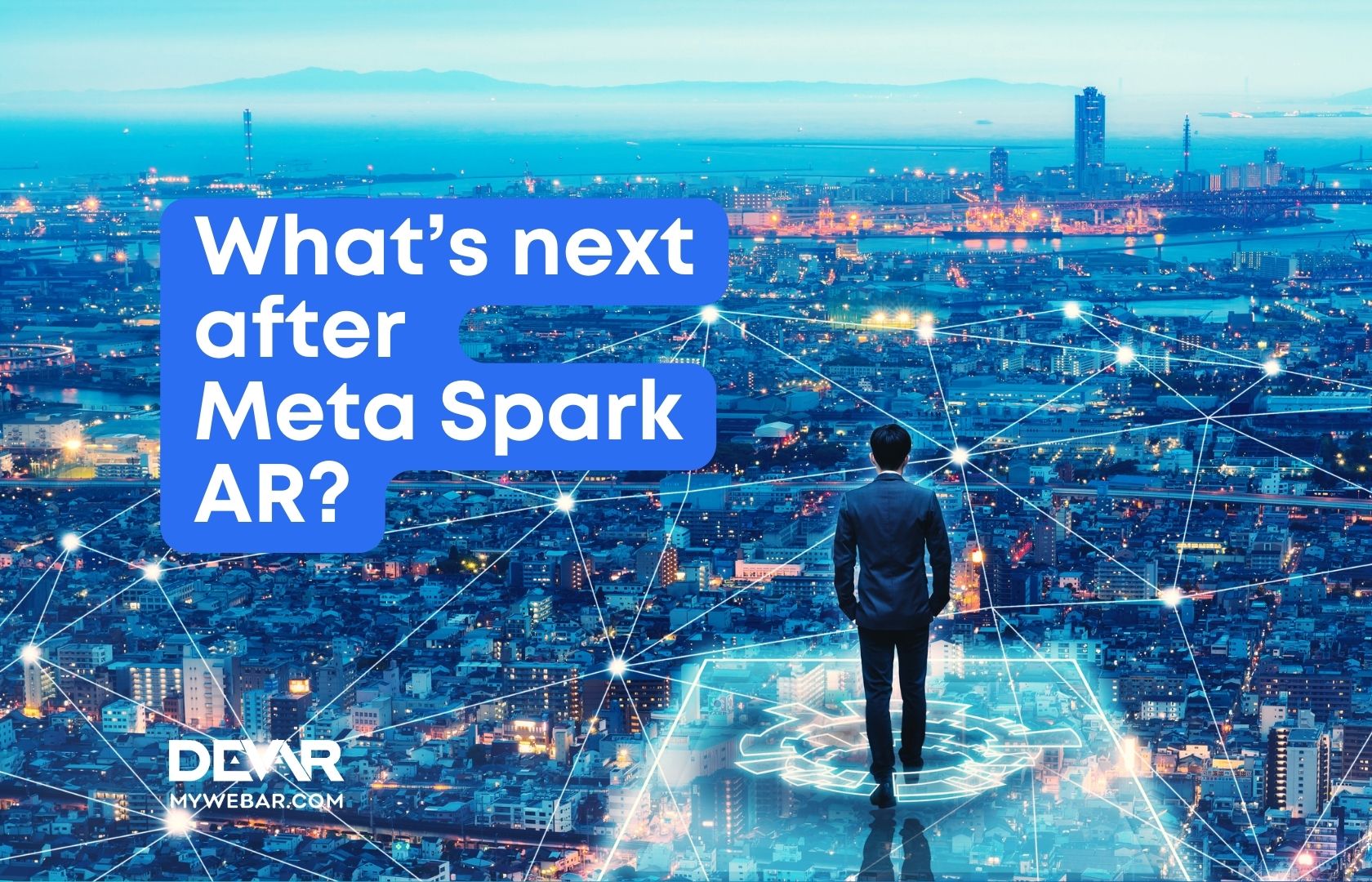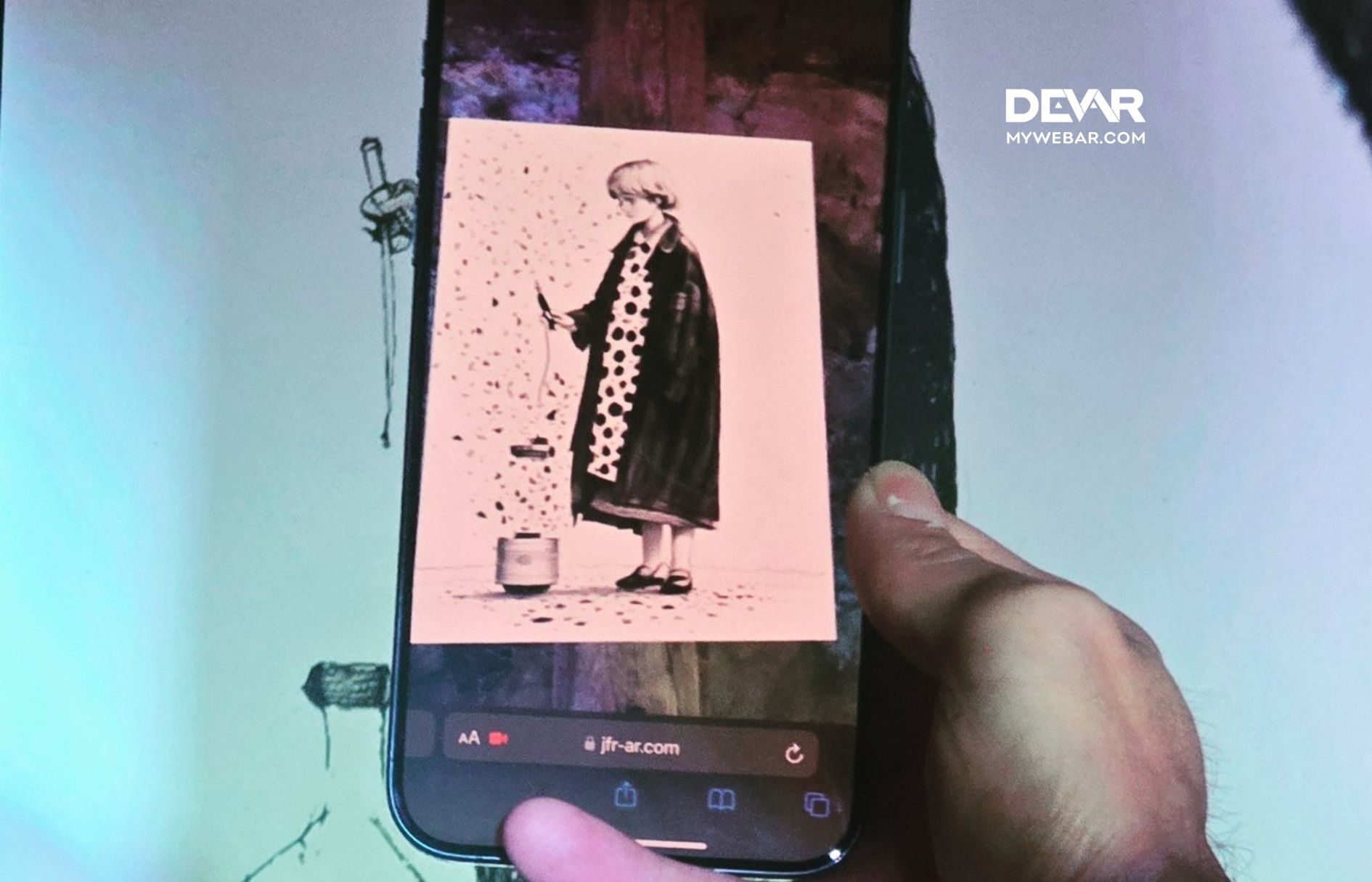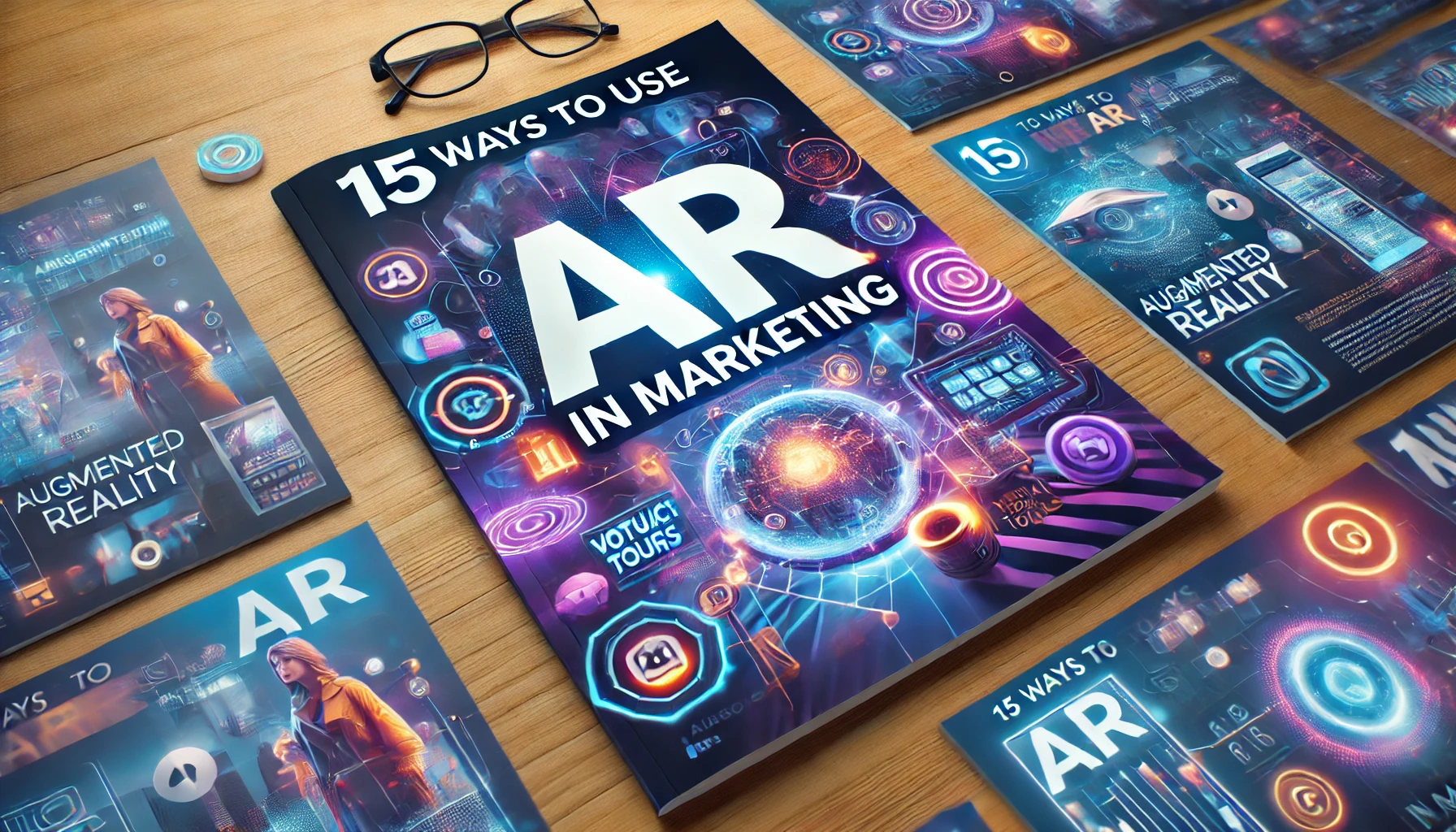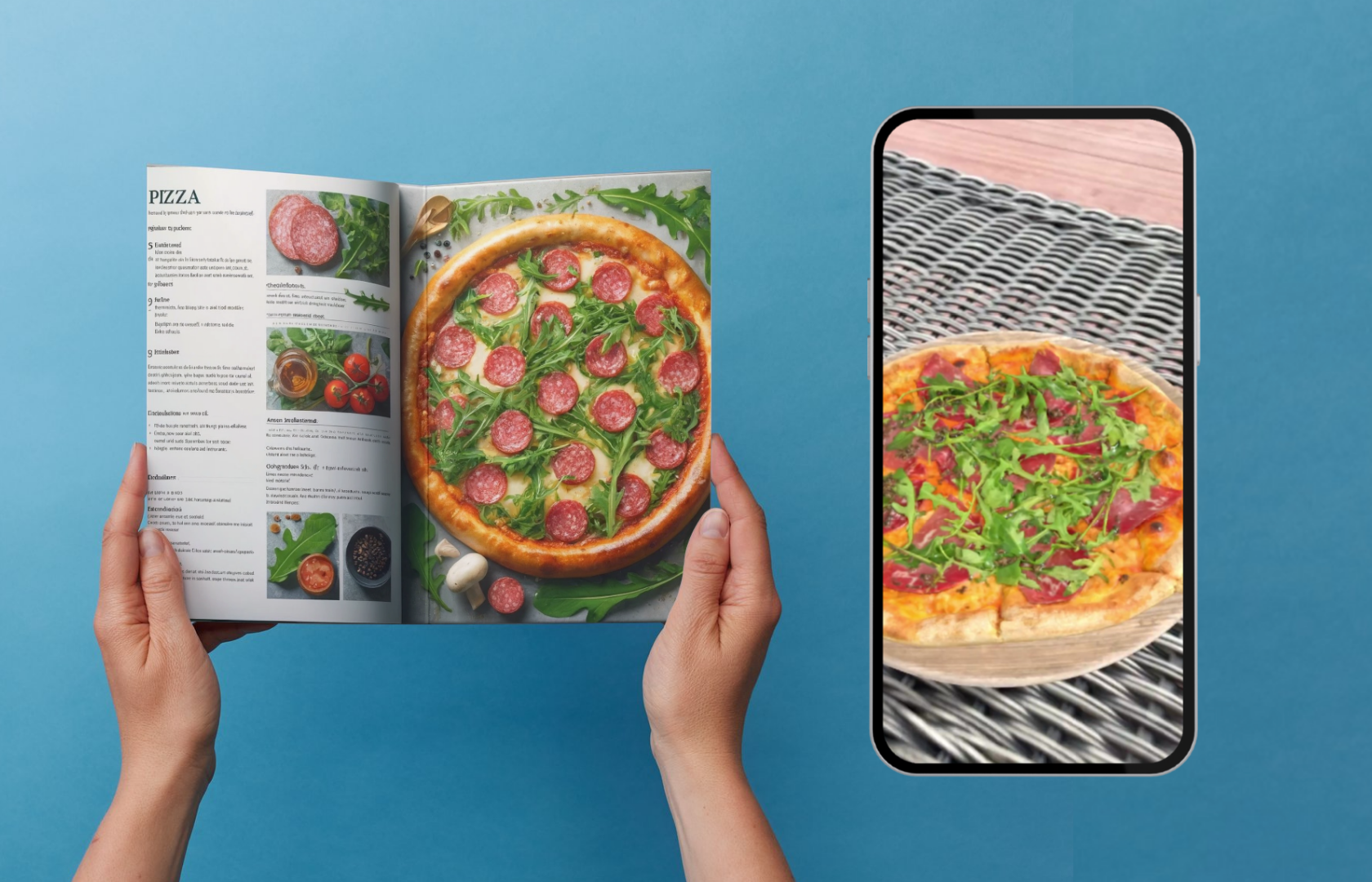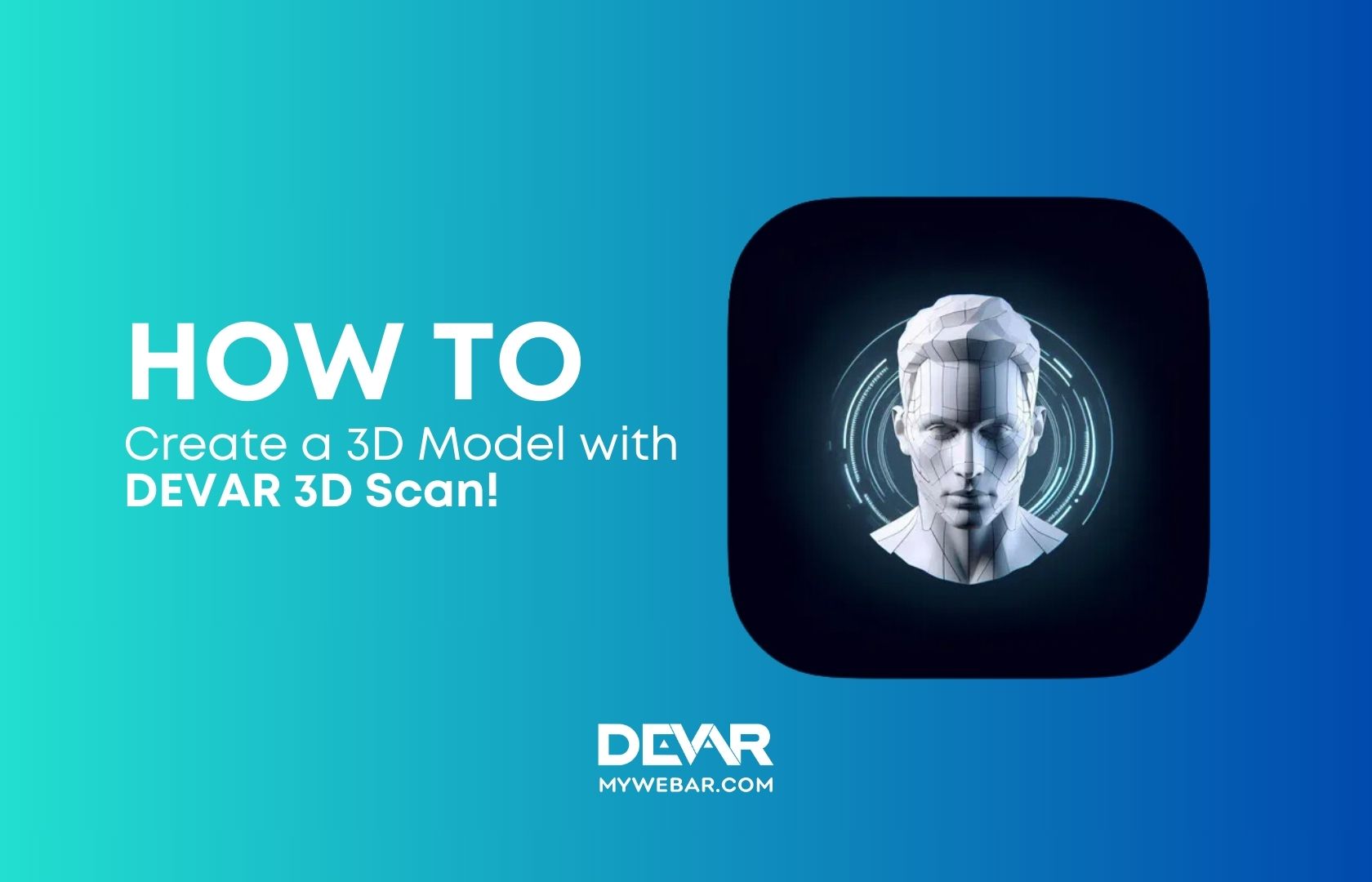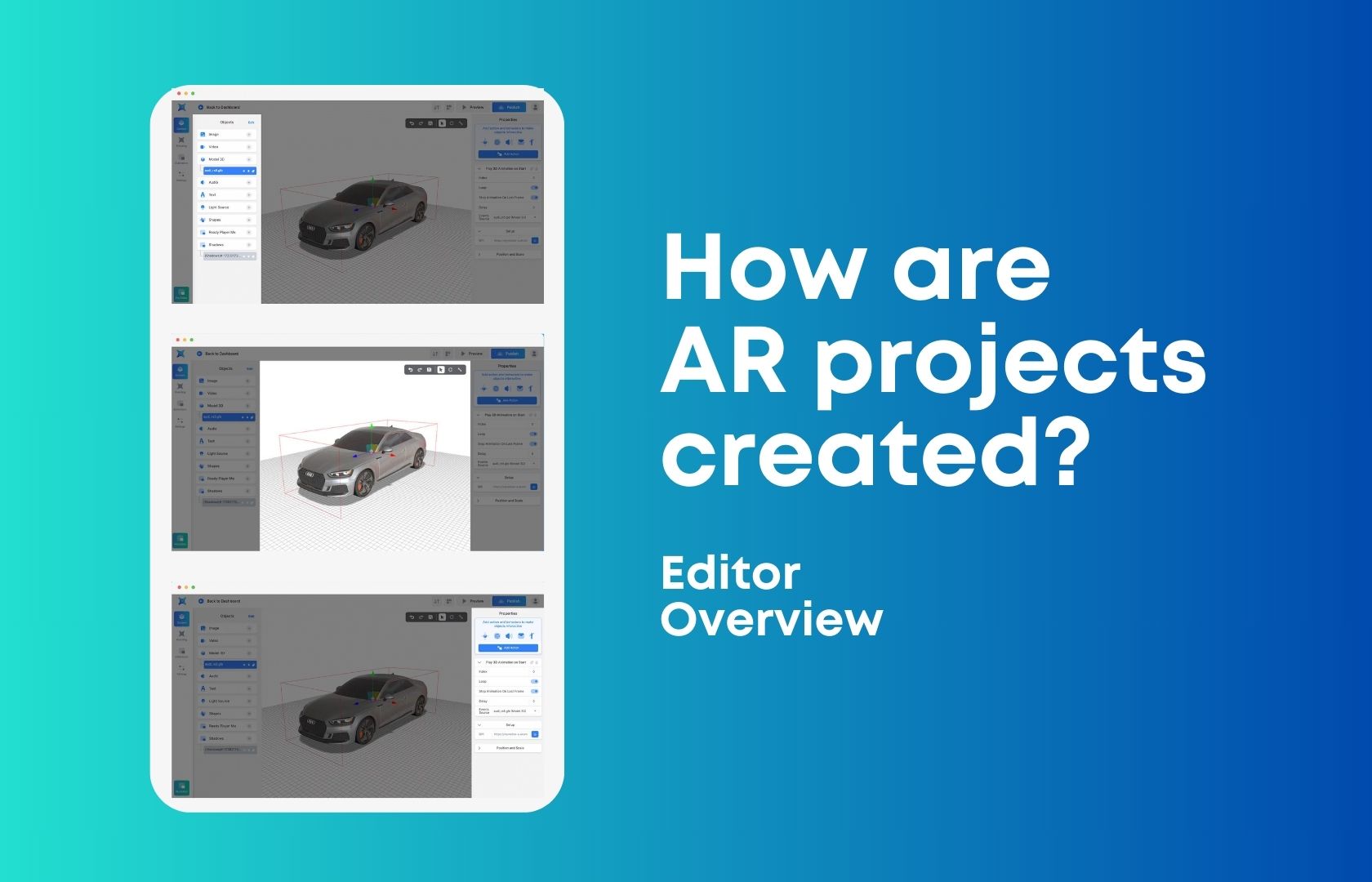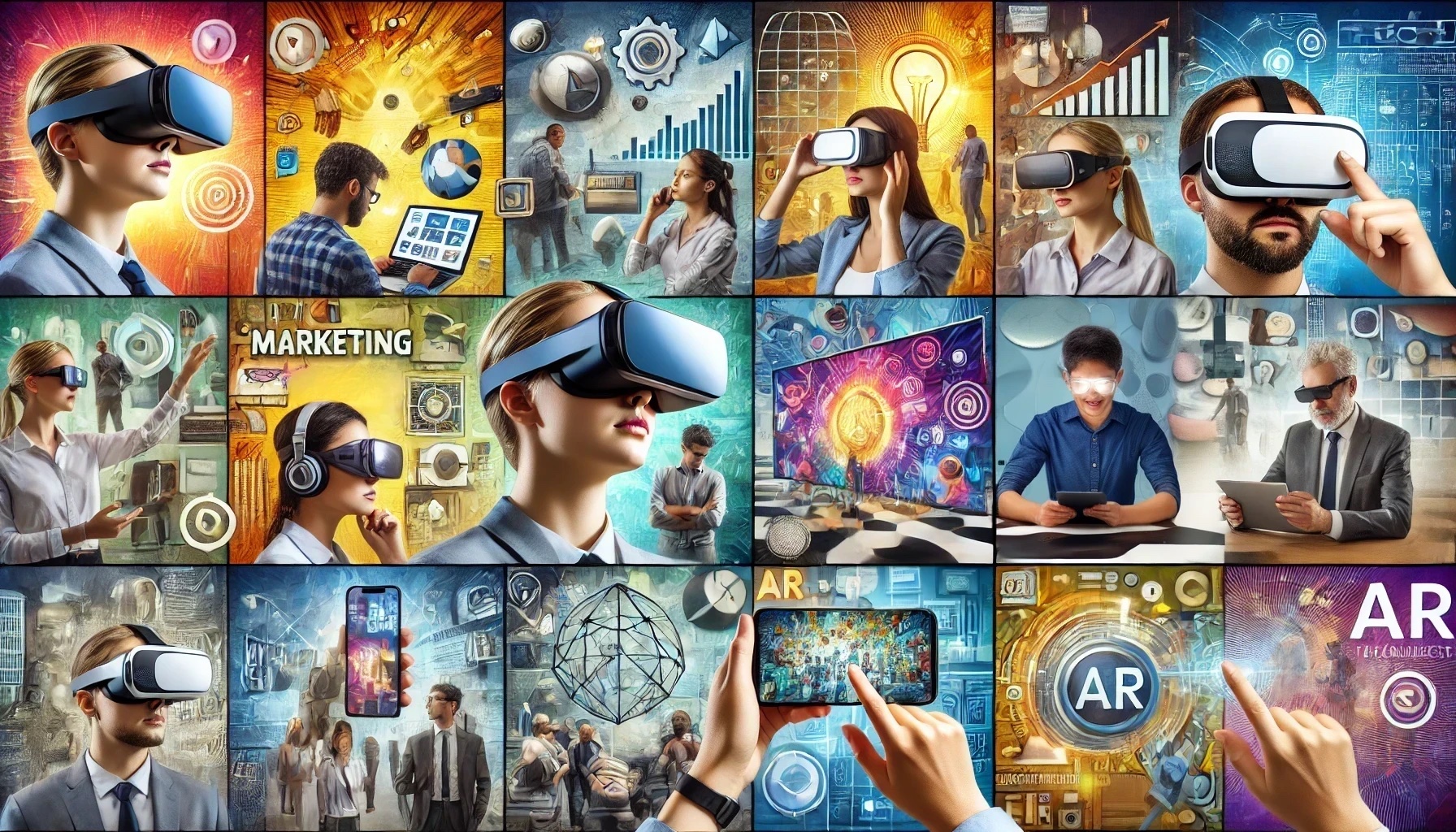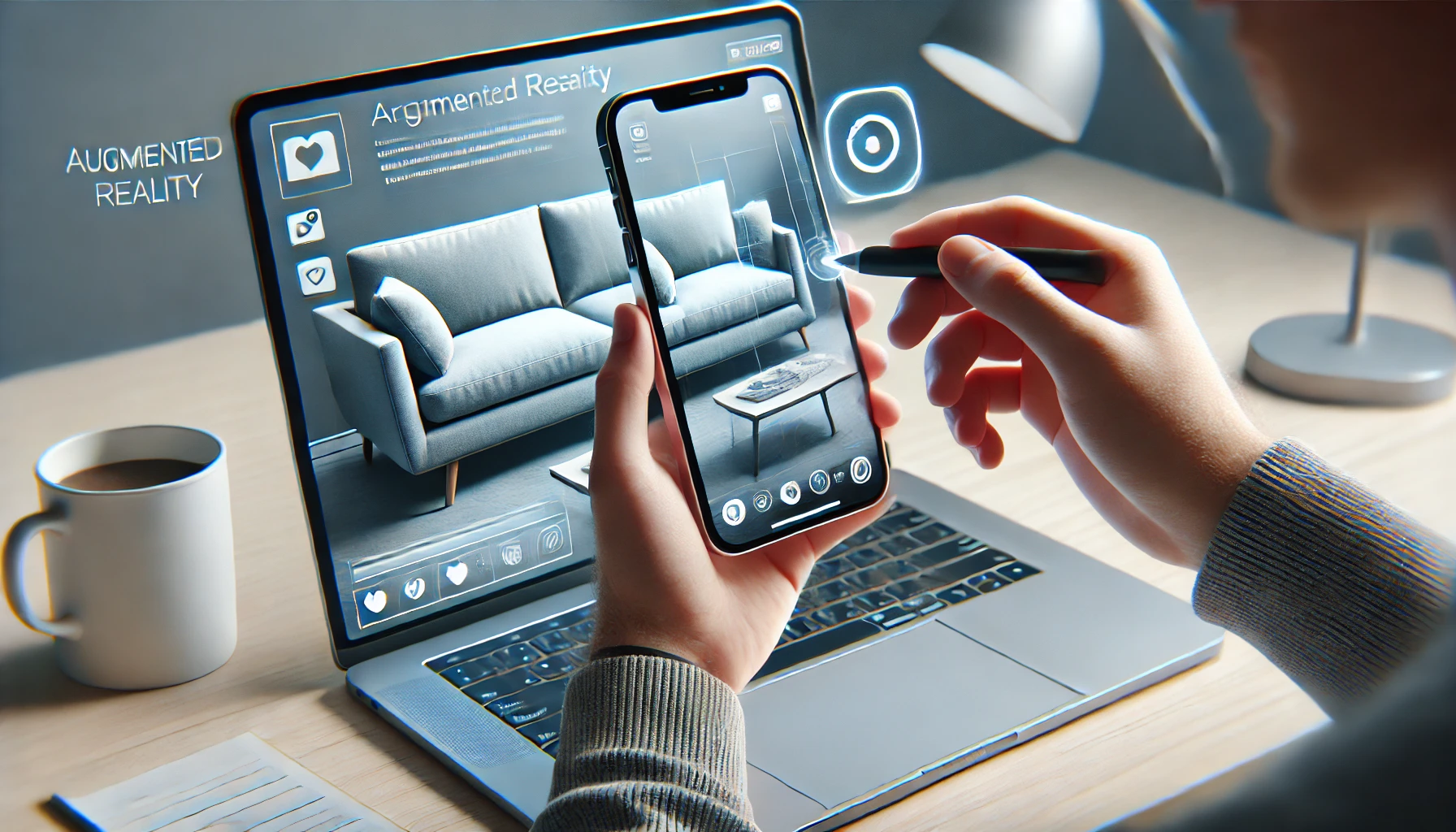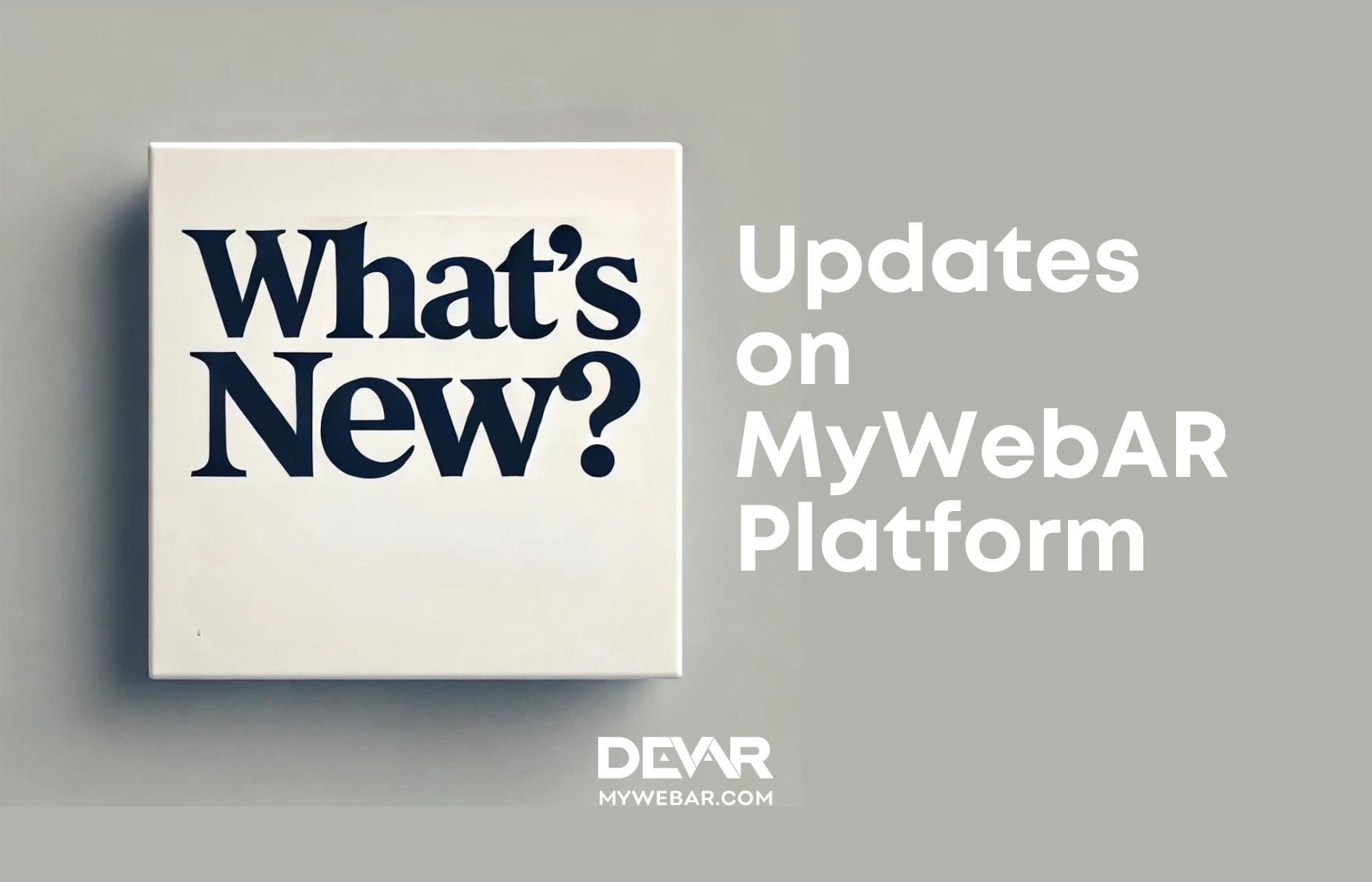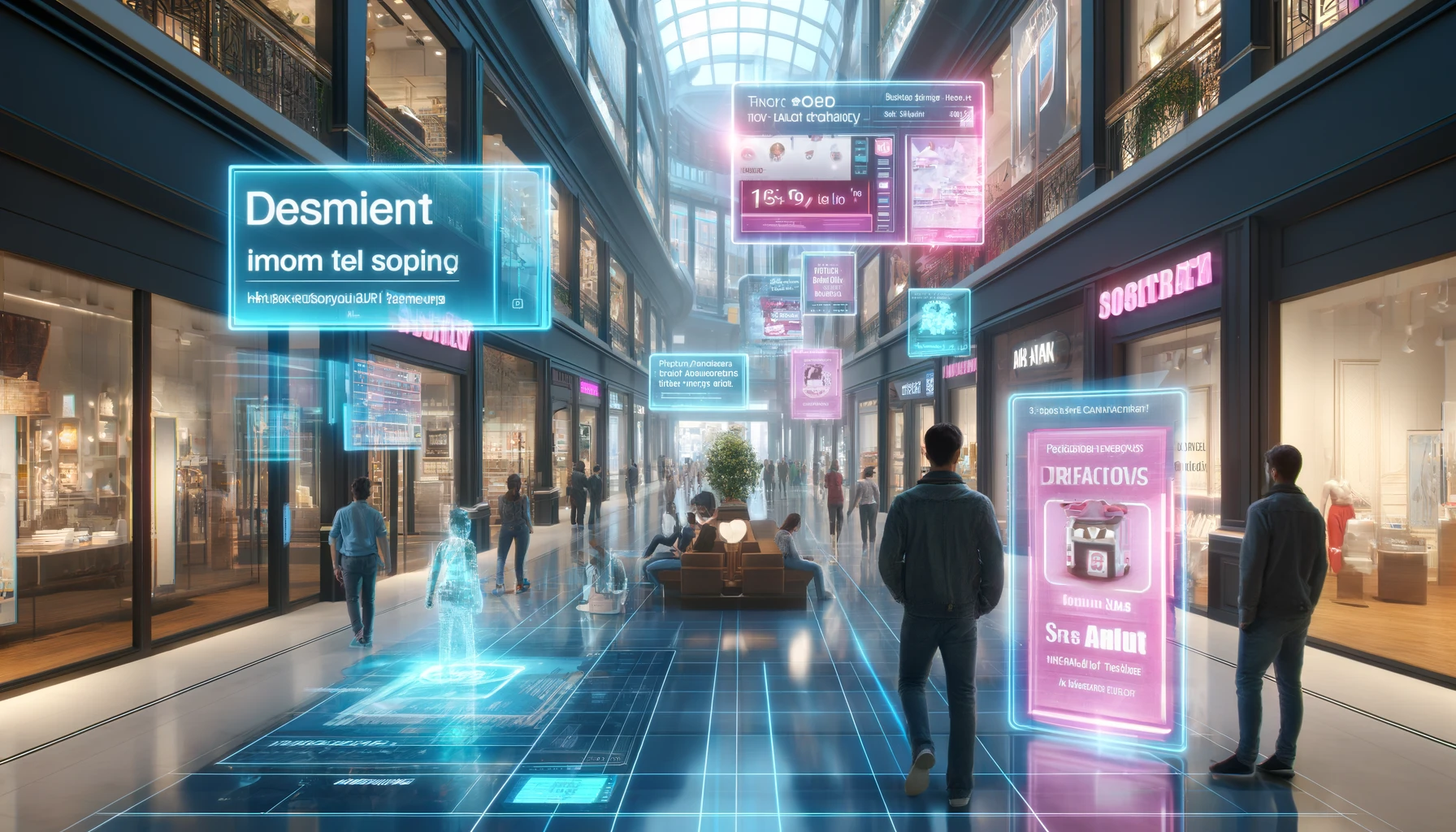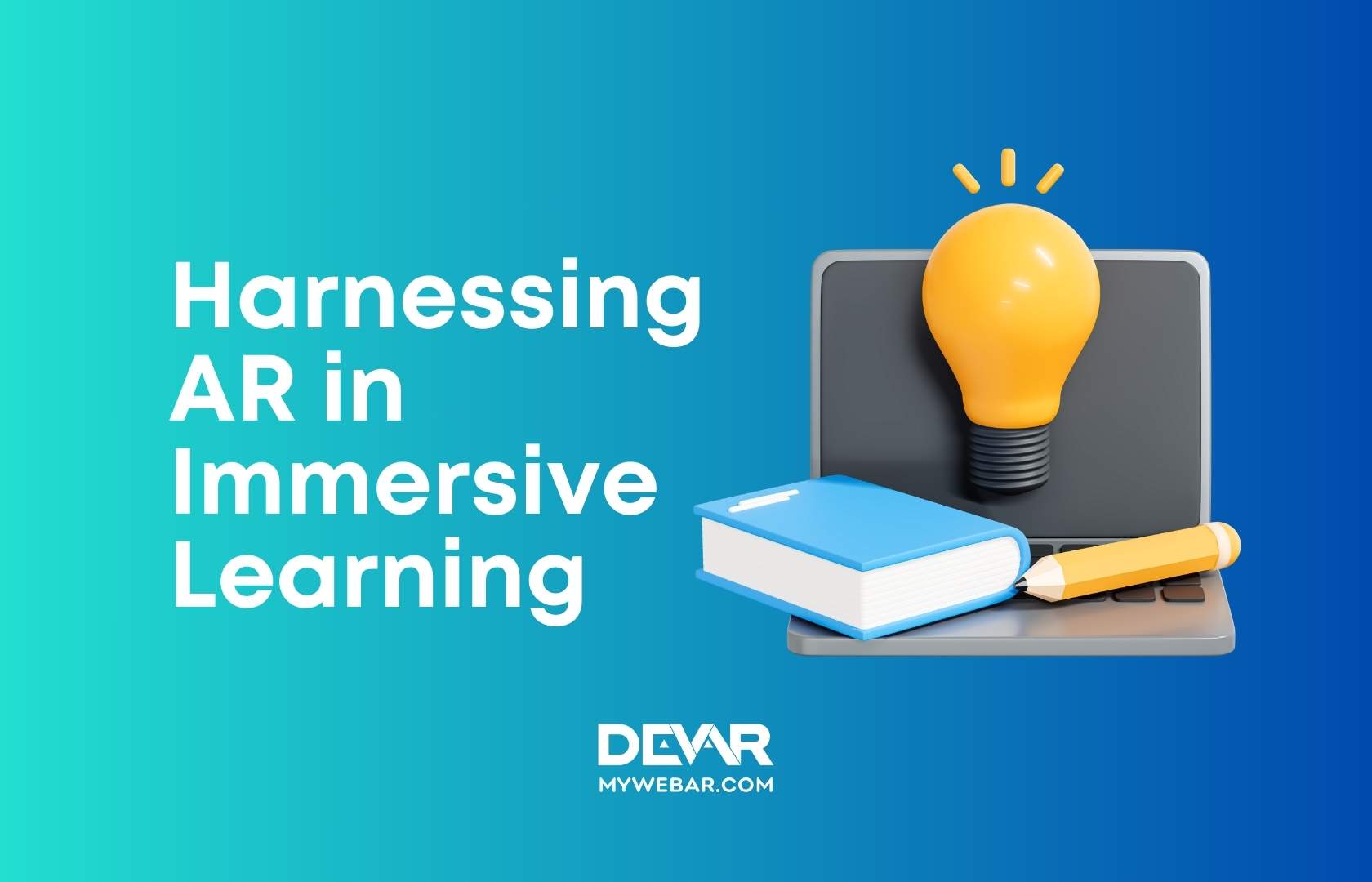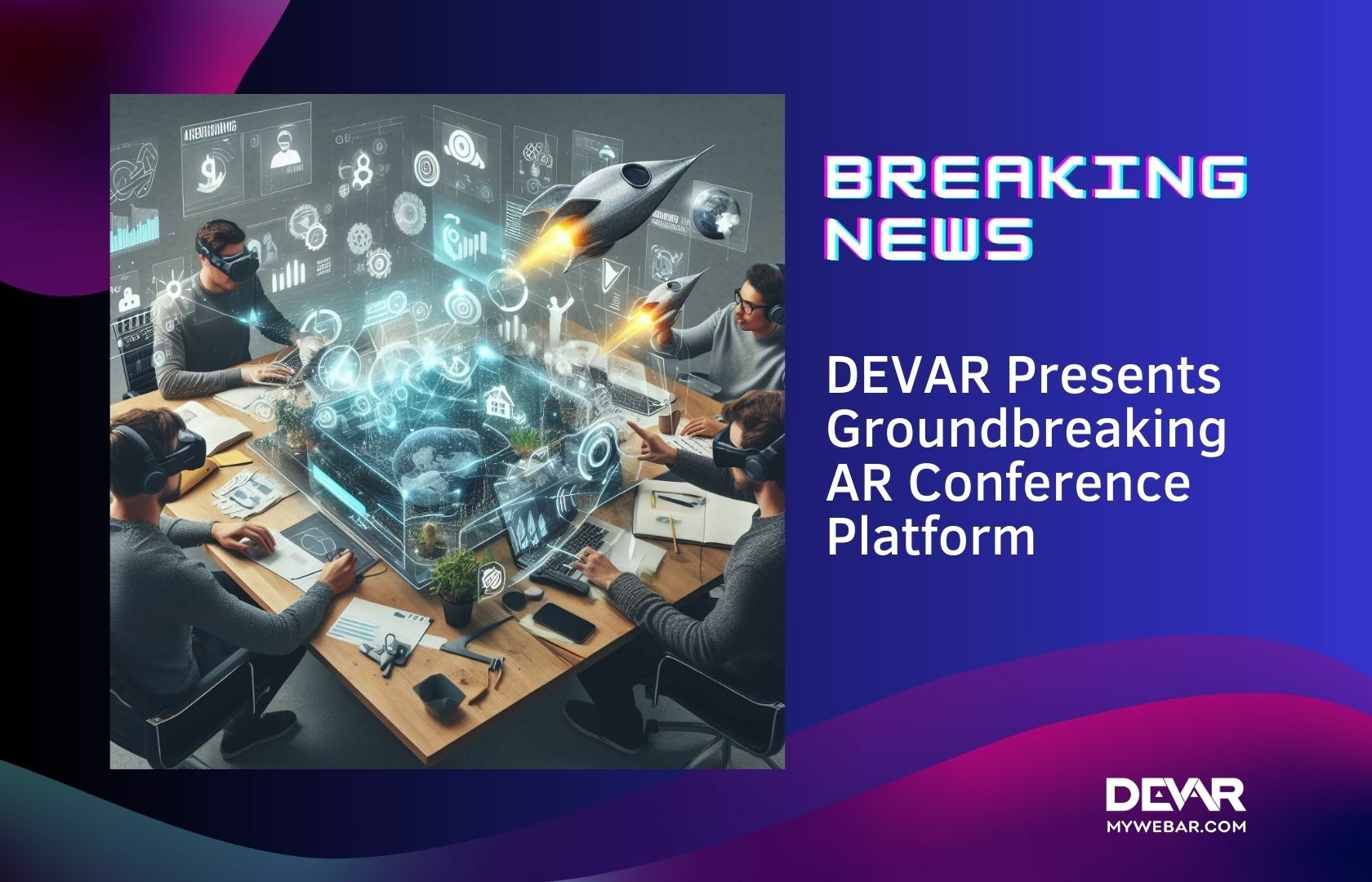What is Phygital Art?
Phygital art refers to the combination of physical and digital elements in artistic creations. It is a way for artists to blend the tangible and the virtual, creating immersive and interactive experiences for viewers. One powerful tool that artists can utilize to enhance their artwork and captivate their audience is augmented reality (AR).
Augmented reality is a technology that overlays digital content onto the real world, allowing users to interact with virtual elements in a physical environment. By incorporating AR into their artistic practice, artists can offer viewers a unique and engaging experience that goes beyond traditional forms of art.
This combination allows artists to create immersive and interactive experiences for viewers by bridging the gap between the physical and digital worlds. Phygital art can encompass various mediums, including paintings, sculptures, installations, or even performances, where digital elements enhance or transform the physical artwork.
How Can Artists Use AR in Their Art?
Here are some strategies that artists can employ to grab attention to their artwork using augmented reality:
- Create interactive experiences. Use AR to transform static artworks into dynamic and interactive pieces. For example, you can allow viewers to manipulate and explore your artwork by incorporating interactive elements, such as 3D animations or virtual objects that respond to touch or movement.
- Utilize location-based AR. Take advantage of location-based AR technology to create site-specific installations or experiences. By tying your artwork to specific physical locations, you can attract a targeted audience and create a sense of place-specific engagement.
- Promote your artwork through social media. Use social media platforms to showcase your AR-enhanced artwork. Create short videos or interactive demos that highlight the augmented reality aspects of your creations. This can help generate buzz and attract attention from a wider audience.
- Participate in AR exhibitions or events. Look for opportunities to showcase your phygital artwork at AR-focused exhibitions, festivals, or events. These platforms provide an ideal environment to connect with art enthusiasts, curators, and potential buyers who are specifically interested in augmented reality experiences.
Remember, the key to successfully grabbing attention to your artwork using augmented reality is to ensure that the digital elements seamlessly integrate with the physical aspects of your creation. Strive to create a captivating, immersive, and memorable experience that leaves a lasting impression on your audience.
Artist & AR: Roberto Macedo Alves on His Phygital Experience

Do you believe that augmented reality illustrations can not only provide viewers with a unique immersive experience but also further unleash the potential of illustration? We spoke with the talented artist Roberto Macedo Alves, who uses our platform MyWebAR to create amazing phygital illustrations and artworks, and asked him to share his creative journey and the use of AR in his artwork.
Hello, Roberto! Tell us about yourself and your creative journey.
I am a computer engineer, artist, illustrator, and publisher living on the beautiful Madeira Island, a Portuguese region in the Atlantic Ocean that has been awarded multiple times as the “World’s Leading Island Destination”. Madeira is a place of constant inspiration and creativity, with its lush natural beauty combined with a cosmopolitan flair that encourages interactions with a diverse array of cultures, providing endless sources of inspiration.
Growing up, my love for art and creative expression was intertwined with a huge appetite for science fiction books. These narratives introduced me to potential futures, science wonders and the unlimited potential of human invention, making me think about the transformative impact of technology on society. However, for a long time, art and technology were perceived as distinct domains: the serenity of island life during the 80s, with its deep-rooted connection to nature, was a stark contrast to the mind-expanding, philosophical, and often tumultuous visions crafted by authors like Isaac Asimov, William Gibson, Ursula K. LeGuin, and Arthur C. Clarke.
In 2004, I created a bookstore named “Sétima Dimensão” [Seventh Dimension] in Funchal, the capital of Madeira, which later evolved into a publishing house specialized in educational comic books and illustration works. Our goal was to showcase the creative endeavors of local artists and to share the island’s rich history in an engaging and accessible manner, particularly for younger readers who might be unaware of many significant events from our island’s past.
In recent years, I was able to create multimedia performances for the local celebration of the 600 anniversary of the discovery of Madeira, like a 20-meter Water screen projection with music explaining the main events of the island history, or a live drawing session presenting the history of the Funchal Cathedral projected on the exterior façade of this impressive religious building that began its construction in 1493, for a European Commission project integrated in the campaign “Europe in my Region”.
The advent and ubiquity of the internet and digital technologies, and more recently, the rise of Augmented Reality captured my curiosity and imagination, and solidified my belief that it’s possible to overlay a digital dimension onto our tangible world and create original artwork that can go beyond video or multimedia experiences. Such innovation can profoundly influence not just printed materials, like books, but also give additional meaning to any tangible object. When this technology becomes universally accessible, it has the potential to radically alter how we learn, read, and engage with our surroundings.
Wow! Truly a huge creative journey! And wonderful goals for the future. However, we don’t quite agree with the last point, as in our opinion, augmented reality technology is already quite accessible for a wide platform. Specifically for artists and creators on our platform, there is a separate Creator tariff that allows for free creation of phygital projects for personal use.
We know that the fusion of technology and art can both scare and excite people. Perhaps it depends on what people understand by the word “art” itself. What does art mean to you?
To me, art is a universal language that transcends borders, cultures, and epochs. The visual arts go beyond merely crafting images or evoking feelings; they beckon introspection, prompting us to contemplate our human essence.
Moreover, art is a bridge to our past, an embodiment of our history and legacy, an intimate communion between the creator and the observer, transcending time, and space. This intimate connection is a generous offering from artists both living and deceased, inspiring viewers to craft their own narratives and understandings. Through this collaborative dance of interpretation, viewers become co-contributors, reveling in the multitude of interpretations that arise from such experiences.
Furthermore, art can be a formidable catalyst for societal transformation. It serves as a nexus of diverse ideas and propositions, fostering critical discourse and sparking the joy of learning from diverse perspectives. Artists possess the ability to redefine reality, challenge entrenched viewpoints, and usher in novel worlds and ideas. Through their creations, they can instigate profound contemplations about the trajectory of our collective journey.
Images wield immense symbolic power. They can influence our perceptions, shaping how we comprehend and navigate our lives. In today’s world, we are inundated with images, many of which can be misleading. Such deception can easily trap us in what the Brazilian thinker Suely Rolnik termed the “Dictatorship of Paradise” — a mirage of perfect worlds built on hollow promises and illusory visions.
As Joan Fontcubierta insightfully noted, we reside in an era where we are both inhabitants of images and simultaneously inhabited by them. Images are no longer mere representations; they now have the autonomy to generate their own significance, and if we consider the advent and potential impact of Augmented Reality, this power can be multiplied thousandfold.
Thank you for your kind words! Augmented reality can indeed enhance and amplify the significance of artworks, as well as imbue them with additional meanings. Unfortunately, not all artists are aware of augmented reality, or perhaps not all of them consider utilizing this technology in art and creativity.
Share your experiences and impressions of using AR.
My introduction to Augmented Reality (AR) felt like stepping through a portal into an uncharted universe. Through AR, I discovered the capacity to overlay digital objects in motion upon the “real world,” presenting interactive elements for viewers to explore and enjoy. This technology made it possible to create “time-traveling” artworks, offering viewers the chance to witness and understand the different stages of an illustration’s creation, and to experience self-painting illustrations, with potential interactivity. With AR, the incorporation of video, music, 3D objects, and holograms could drastically transform the perception of physical objects once integrated into these immersive experiences.
AR became an invaluable enhancement to some of the printed educational materials produced by my publishing house. It enabled us to incorporate sounds, maps, links, and new pathways for learning and knowledge-building, transforming something tangible like a comic book into a gateway to a new world full of resources ready to be explored, sought, and understood.
Yet, despite its potential, it’s imperative to strike a balance between technological innovation and artistic integrity: the digital content shouldn’t merely add an unnecessary layer of noise or simple “special effects” but should be a resource that allows us to amplify the intended message.
However, there’s a caveat to AR’s allure: it accentuates Jean Baudrillard’s notion of “Hyperreality” — a world where people, overwhelmed by an explosion of information, struggle to perceive, and understand actual reality. By further blurring the lines between the tangible and the virtual, we risk allowing the “hyperreal” to eclipse true reality in the eyes of the public. As creators and curators of these visuals, we must shoulder the vital responsibility of promoting discernment and thoughtful engagement with the images we both produce and engage with.
We fully agree! Augmented reality should not exist just for the sake of it, but rather complement and expand upon physical content, whether it be an illustration, photograph, or art object. The better, more logical, and harmonious the connection between physical and digital content, the more cohesive the final phygital product becomes, and the deeper impression it leaves.
The emergence of digital tools for creating illustrations and 3D models has turned the art world upside down. How do you think AR can influence art?
Augmented Reality can serve as a bridge between the tangible world and the intangible digital realms, ushering in new dimensions to contemporary art. With Augmented Reality, artists have the unprecedented ability to overlay a dynamic layer of digital interactivity onto physical pieces. As this technology matures, so too will the interactions of its audience and the relationship between viewer and artwork, potentially including and embracing the surrounding environment of the work of art.
AR is an opportunity to revolutionize how we engage with the visual arts. This shift has the potential to allow virtually any object, location, or image to become a canvas for creativity, offering layers of meaning that transcend physicality and can provide several dimensions of interactivity.
Furthermore, Augmented Reality can potentially enable the creation of adaptive artworks: art pieces that could digitally respond, change, and mold themselves based on the observer’s interaction with the digital layer, all while retaining their original physical appearance. This will allow everyone to garner more agency in deriving meaning from their experience with the artwork. For artists striving to convey beauty through deeper significance, AR grants them the capability to add a rich layer of interactivity, even to the simplest of sketches.
I envision this as the genesis of a new art form that will allow artists to tap into an additional dimension of creativity. The confluence of the physical and digital realms promises novel experiences for artistic appreciation and comprehension, unlocking an incredible number of possibilities, also in the educational areas. I am sure, Augmented Reality will allow us to embrace new lexicons, imaginaries, and worlds, crafting transformative experiences that will empower spectators to probe deeper, inciting heightened curiosity.
Thank you, Roberto! We believe in it too. It gives us goosebumps. What advice would you give to other artists who are considering using AR in their work?
Exploring the world of Augmented Reality (AR) is both an exhilarating and daunting journey. From the outset, embracing curiosity and a spirit of experimentation is crucial. We’re only scratching the surface of AR’s vast potential in art. Just as the pioneering filmmakers had to master the camera to craft stories, anyone experimenting with AR should master the tools, functions, and expressive possibilities of this new medium, considering it not merely a complement but a groundbreaking tool—a novel extension of traditional artistic mediums.
However, regardless of how advanced or visually captivating technology becomes, the real magic is hidden in the message, the emotional resonance of an illustration, and its capacity to evoke contemplative thoughts in the viewer. Francisco Mora said that to ignite thought, one must stir emotion, which, in turn, requires the awakening of curiosity. AR can be an innovative catalyst in this process, establishing connections in ways we might not yet have imagined.
In today’s world, teeming with distractions, AR — when harnessed with intelligence and creativity — could be the perfect tool to shake viewers from their complacency. It offers artists a powerful means to captivate those entranced by the illusory “paradises” Suely Rolnik mentioned, potentially reigniting their passion for introspection and critical appreciation of images.
For those eager to navigate this domain, immersing oneself in AR and engaging in relentless experimentation is essential. Echoing Aldous Huxley: “We can only love what we know, and we can never know completely what we do not love. Love is a mode of knowledge…” AR isn’t merely a tech fad — it is an emerging platform for artistic expression and innovation. By exploring its possibilities, we stand ready to redefine the boundaries of what could be artistically achievable.
Simply astonishing! Could we have said it any better?
We truly hope that this deep and heartfelt interview will inspire other artists and creators to at least give augmented reality a try in their works. After all, if there is another way in the world to influence people’s perception, to reveal the depth of artworks, or simply to create a little wonder, why not seize the opportunity?
